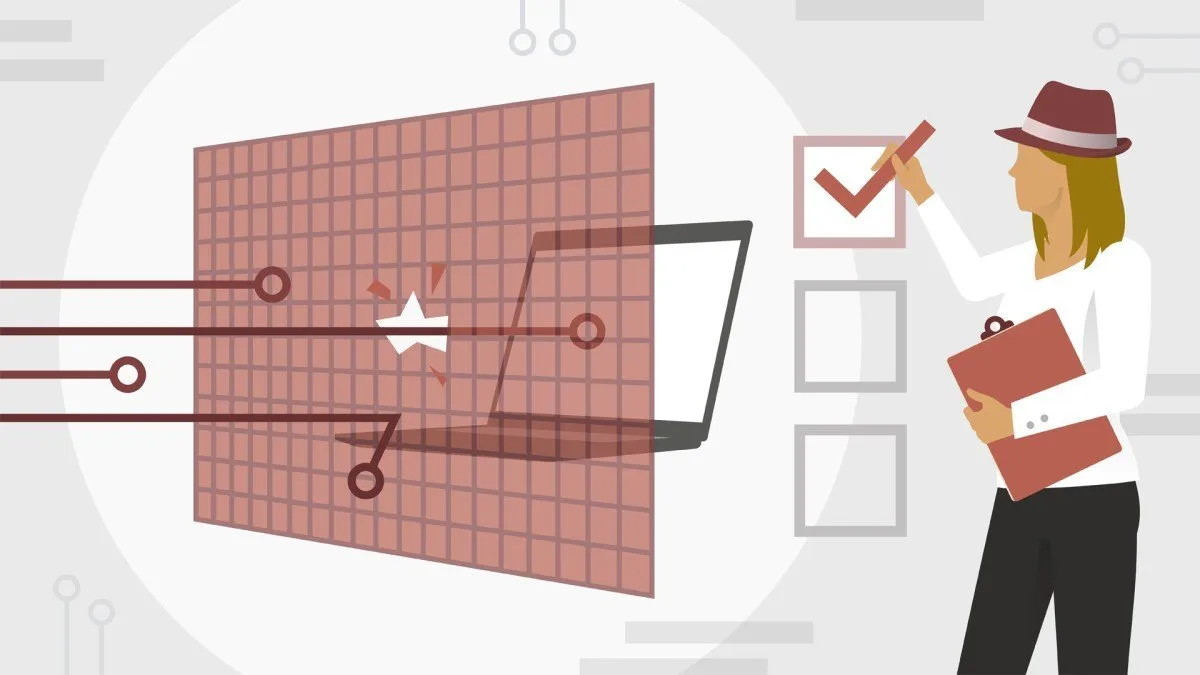
Linux for Hackers (and everyone) FREE Course for Beginners 
Linux for Hackers is a free course for beginners that teaches the basics of the Linux File System, how to kill Linux processes, manage users, and use the web. It's a great way to learn the fundamentals of Linux in 1,233 seconds. It's perfect for those who want to learn more about Linux and hacking. ▼
ADVERTISEMENT
Course Feature
![]() Cost:
Cost:
Free
![]() Provider:
Provider:
Youtube
![]() Certificate:
Certificate:
Paid Certification
![]() Language:
Language:
English
![]() Start Date:
Start Date:
On-Demand
Course Overview
❗The content presented here is sourced directly from Youtube platform. For comprehensive course details, including enrollment information, simply click on the 'Go to class' link on our website.
Updated in [May 25th, 2023]
Linux for Hackers (and everyone) is a free course designed for beginners to learn the basics of the Linux File System. This course provides an overview of the Linux File System in 1,233 seconds, as well as teaching users how to kill Linux processes and manage users in Linux. Additionally, this course is a great way to gain a better understanding of the web and how to use it.
[Applications]
After completing this course, users can apply their knowledge to a variety of tasks. They can use Linux to manage their own servers, create web applications, and develop scripts. Additionally, they can use Linux to troubleshoot and debug software, as well as to secure their systems. Furthermore, users can use Linux to create virtual machines and containers, and to develop and deploy applications. Finally, users can use Linux to explore the world of open source software and to contribute to the community.
[Career Paths]
1. Linux System Administrator: A Linux System Administrator is responsible for the installation, configuration, and maintenance of Linux systems. They must be knowledgeable in the Linux operating system, networking, and security. As the demand for Linux systems increases, so does the need for qualified Linux System Administrators.
2. Linux Security Analyst: A Linux Security Analyst is responsible for ensuring the security of Linux systems. They must be knowledgeable in the Linux operating system, networking, and security. They must be able to identify and mitigate security threats, as well as develop and implement security policies. As the demand for secure Linux systems increases, so does the need for qualified Linux Security Analysts.
3. Linux Developer: A Linux Developer is responsible for developing applications and software for Linux systems. They must be knowledgeable in the Linux operating system, programming languages, and software development. As the demand for Linux applications and software increases, so does the need for qualified Linux Developers.
4. Linux Network Engineer: A Linux Network Engineer is responsible for designing, implementing, and maintaining networks for Linux systems. They must be knowledgeable in the Linux operating system, networking, and security. As the demand for secure and reliable Linux networks increases, so does the need for qualified Linux Network Engineers.
[Education Paths]
1. Bachelor of Science in Computer Science: This degree path provides students with a comprehensive understanding of computer science, including programming, software engineering, and computer systems. Students will learn the fundamentals of computer science, such as algorithms, data structures, and operating systems, as well as the latest trends in computer science, such as artificial intelligence, machine learning, and cloud computing.
2. Bachelor of Science in Information Technology: This degree path focuses on the application of technology to solve business problems. Students will learn the fundamentals of information technology, such as networking, database management, and web development, as well as the latest trends in information technology, such as cybersecurity, big data, and cloud computing.
3. Master of Science in Cybersecurity: This degree path provides students with a comprehensive understanding of cybersecurity, including risk management, security architecture, and incident response. Students will learn the fundamentals of cybersecurity, such as cryptography, malware analysis, and digital forensics, as well as the latest trends in cybersecurity, such as artificial intelligence, machine learning, and blockchain.
4. Master of Science in Data Science: This degree path provides students with a comprehensive understanding of data science, including data mining, machine learning, and data visualization. Students will learn the fundamentals of data science, such as statistics, probability, and data analysis, as well as the latest trends in data science, such as artificial intelligence, deep learning, and natural language processing.
Course Provider

Provider Youtube's Stats at AZClass
Discussion and Reviews
0.0 (Based on 0 reviews)
Explore Similar Online Courses

American Sign Language (ASL) "The ASL University Playlist" (Official) by Dr Bill Vicars

The Art of the Portrait - Drawing For Beginners

Python for Informatics: Exploring Information

Social Network Analysis

Introduction to Systematic Review and Meta-Analysis

The Analytics Edge

DCO042 - Python For Informatics

Causal Diagrams: Draw Your Assumptions Before Your Conclusions

Whole genome sequencing of bacterial genomes - tools and applications

Learning Kali Linux

Learning Kali Linux on Windows


Start your review of Linux for Hackers (and everyone) FREE Course for Beginners